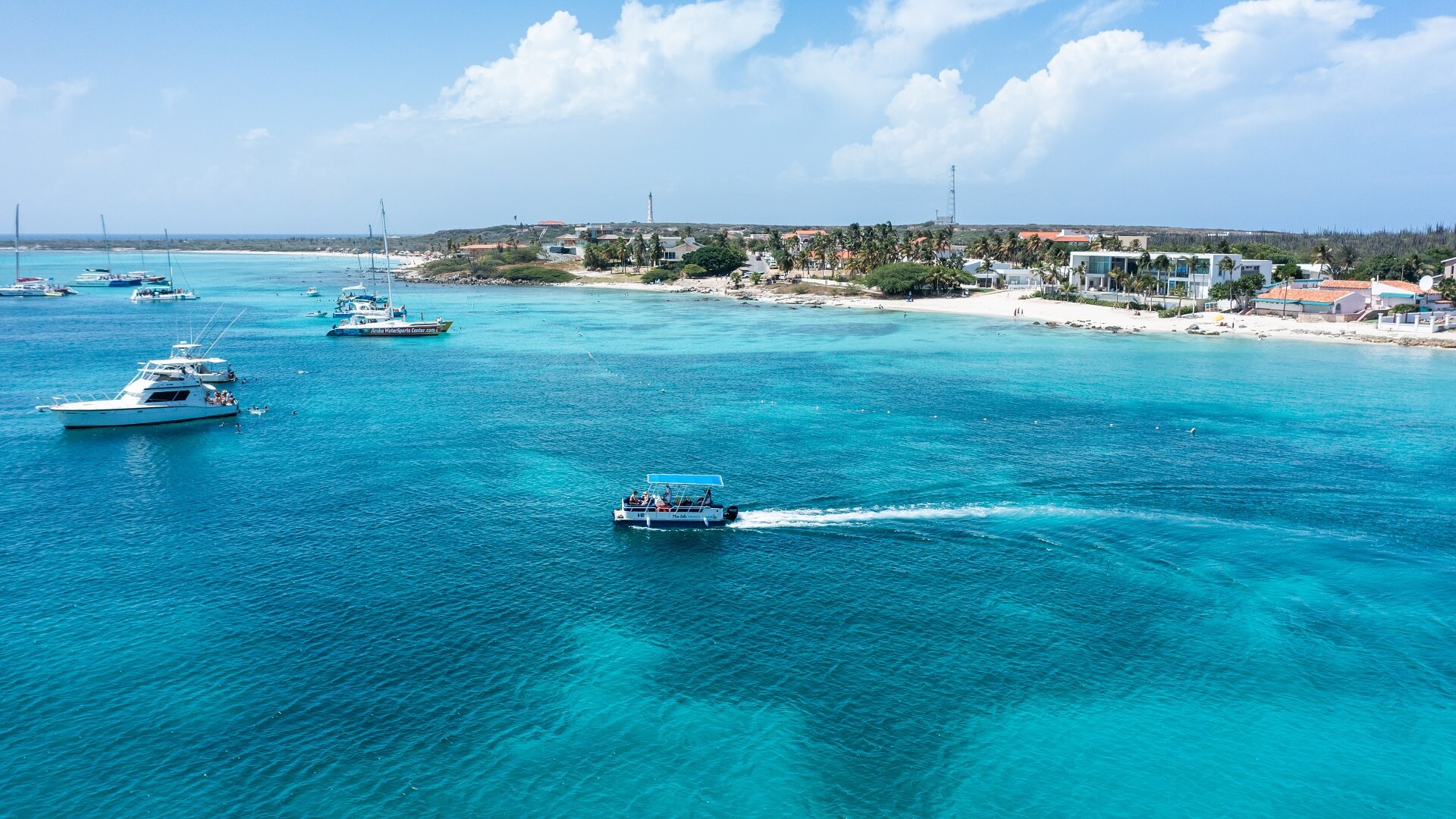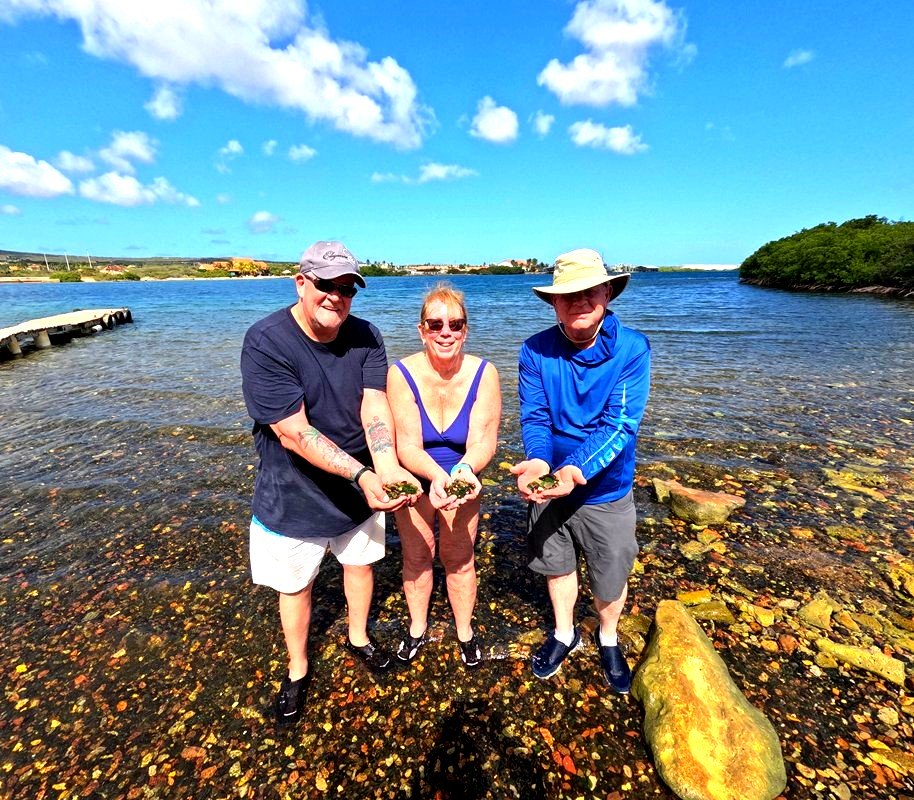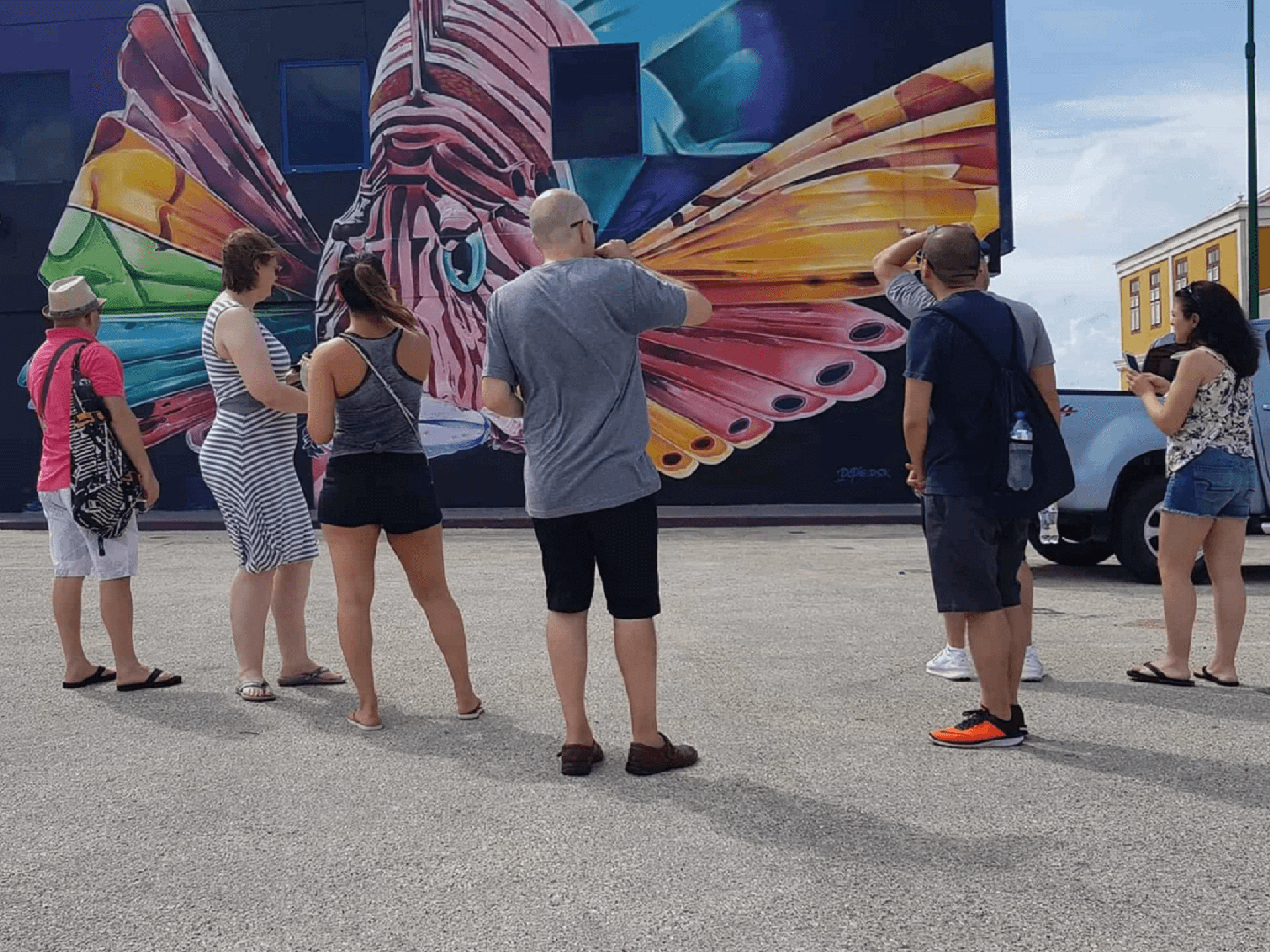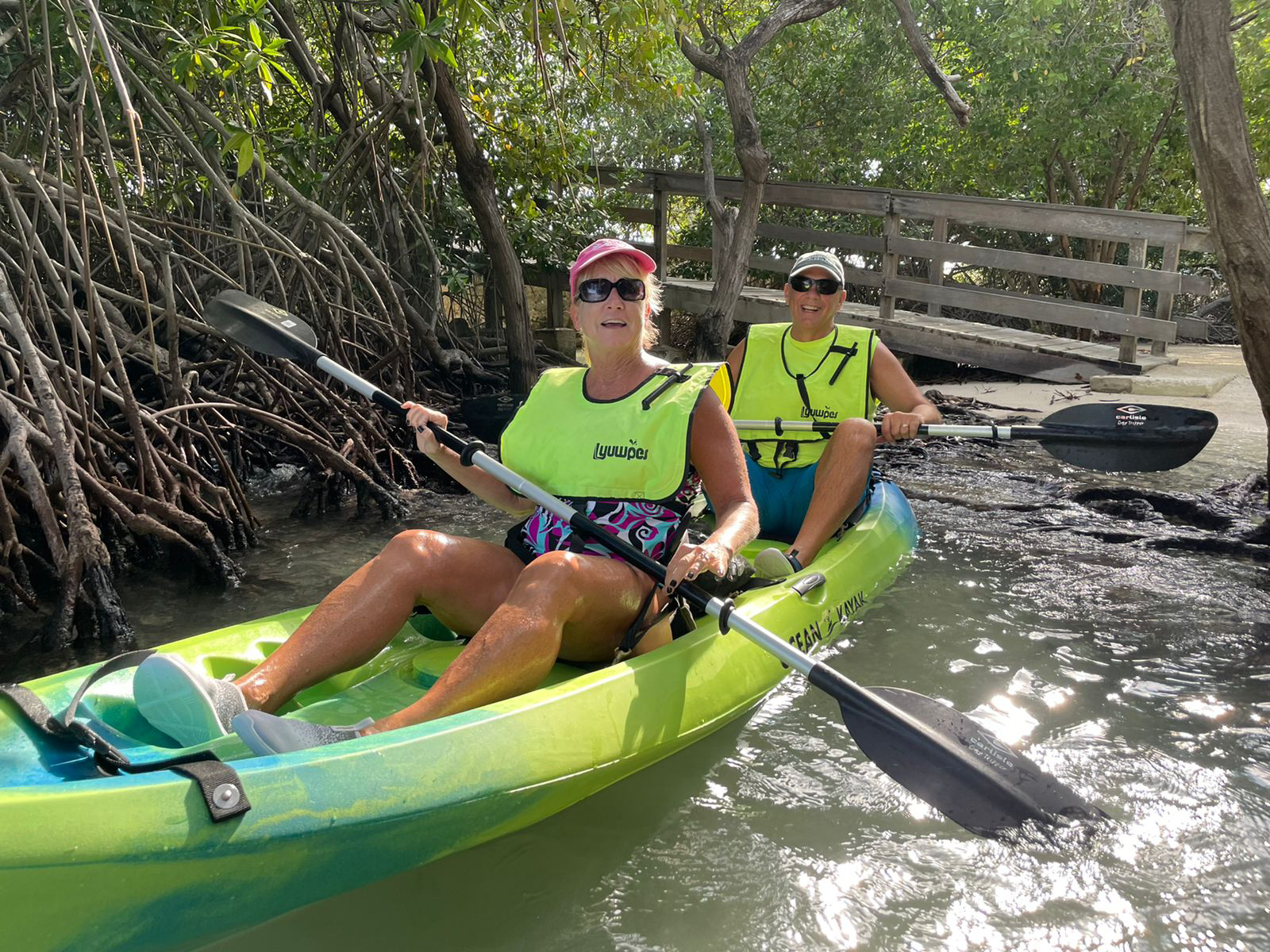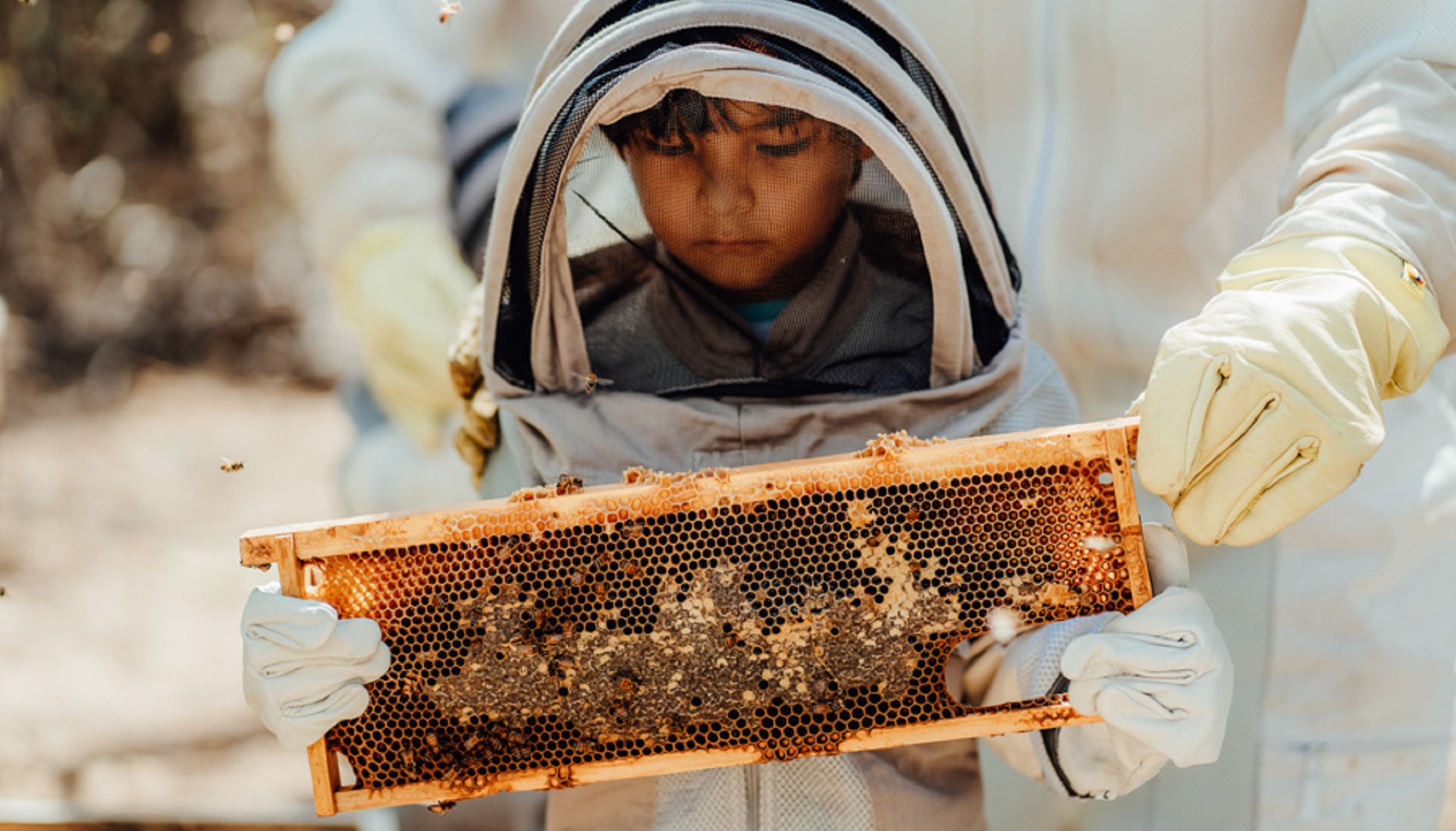Boa
Boa
The boa, like all snakes, is a reptile. This means it has no hair or feathers and lays eggs. It is the largest reptile on Aruba. Both in the wild and in captivity, the snake can live up to 40 years.
| Latin name: | Boa constrictor |
| Length: | Can grow up to 6 meters, but on Aruba, it ranges between 0.5 and 2 meters. |
| Weight: | Can weigh up to 60 kilograms, but on Aruba, it usually weighs up to 10 kilograms. |
| Appearance: | It is recognizable by its pattern of dark brown and beige spots, which turn red towards the tail. Its belly is white or cream-colored with many black spots. The scales covering the top of its head are very small. |
| Reproduction: | To protect against predators and being trampled, a boa mother keeps her eggs inside her body until they hatch. A boa can give birth to around 60 baby boas at a time. Newborn boas are already about 35 centimeters long. As soon as they are born, they can take care of themselves. |
| Habitat: | Boas have few requirements for their habitat and are therefore found all over Aruba. They are excellent climbers and can also be found in trees, cacti, and buildings. This snake can even swim! They are not very afraid of humans and are sometimes seen in populated areas. The snake prefers cooler temperatures and is therefore active mainly at night and in the morning. |
| Defense: | The boa has a strong body and strong jaws with sharp teeth. |
| Food: | The boa is a patient, non-venomous hunter. It waits until its prey comes close, catches it first with its strong jaws and sharp teeth, then coils its body around the prey to suffocate it. This snake eats almost all animal species. It often eats birds, lizards, and rats, but also chickens, small dogs, and young goats. |
| Enemies: | The boa has no natural enemies on Aruba except for humans. |
Invasive:
Boas are actually not native to Aruba. Around 1997, they were brought to the island as pets. These “pets” likely escaped or were released and started living in Aruba’s wild. They are so well-adapted to surviving in Aruba that they have multiplied rapidly. Because the boa consumes so much and increases in number quickly, it is a threat to local species such as birds and the native snake, the cascabel. It is therefore considered an invasive species.
In Arikok National Park, boas are collected by rangers. They are then brought to the veterinary service to be euthanized.
Left: Boa waiting for prey
Right: This boa has captured a local species—the Kododo.
Sources and more information:
Brochure “Snakes of Aruba” – available at Arikok National Park
www.wildaruba.org
General information about reptiles of Aruba
- Tour Location: Nieuwstraat 24, Oranjestad, Aruba
- Tour Duration: 2 Hours
- Tour Location: Arikok National Park
- Tour Duration: 5 Hours
- Tour Location: Seaglass Island
- Tour Duration: 2.5 Hours
- Tour Location: San Nicolas City
- Tour Duration: 2 hours
- Tour Location: Nieuwstraat 24, Oranjestad, Aruba
- Tour Duration: 04 Hours
- Tour Location: Mangel Halto
- Tour Duration: 2.5 hours
- Tour Location: San Nicolas City
- Tour Duration: 2 hours
- Tour Location: Cashero 7, Santa Cruz, Aruba
- Tour Duration: 1 Hour and 30 minutes

